
Health & Medicine
Protecting our ageing population from COVID-19
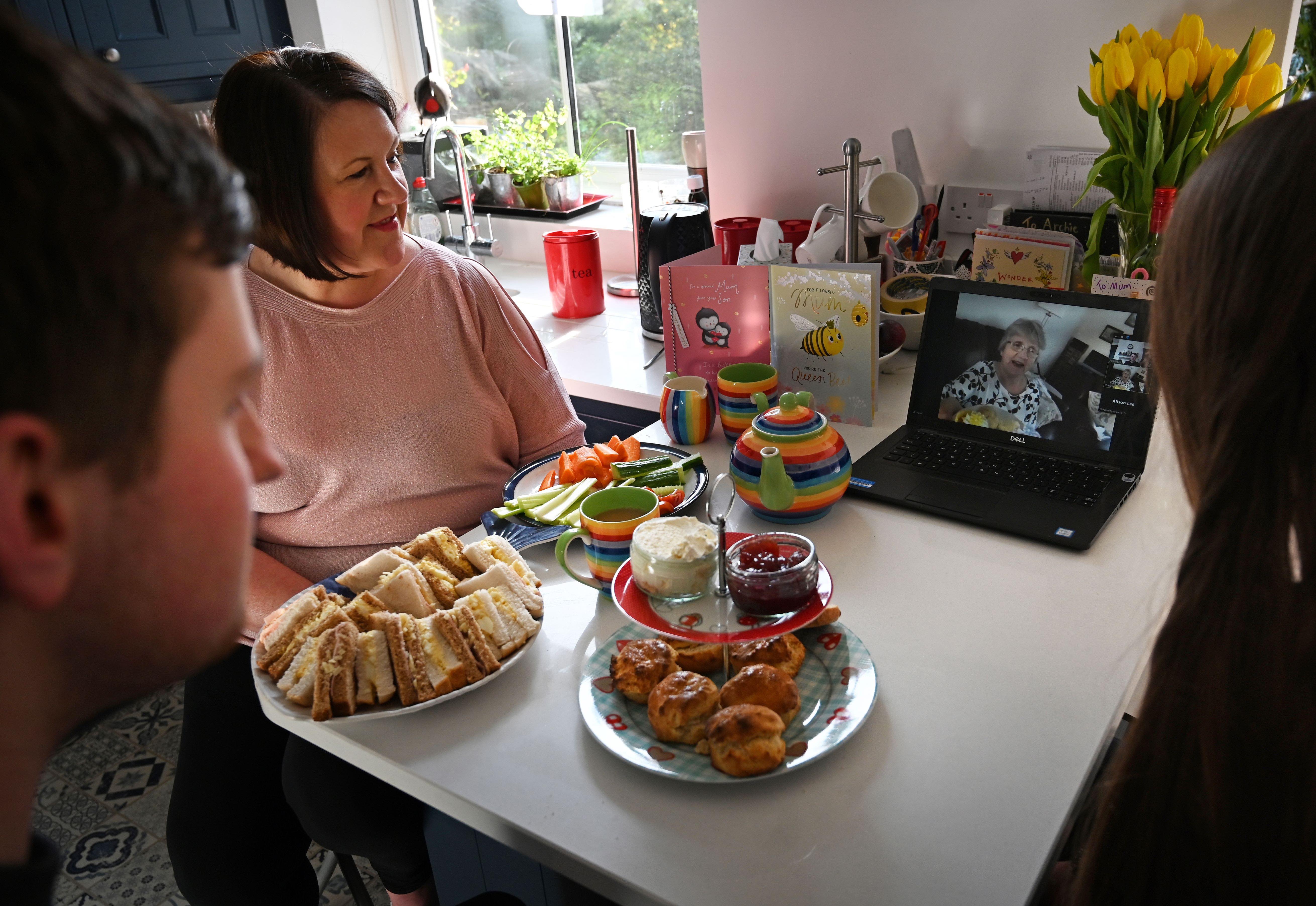
As COVID-19 increasingly impacts on our day-to-day lives, people in aged care homes are already isolated. But new technologies can play a role keeping residents connected
Published 27 March 2020
The COVID-19 crisis has left some of our most vulnerable citizens – people in residential aged care – cut off from the outside world.
Not only has COVID-19 shutout friends and family from visiting their loved ones in aged care homes, it has also reduced the social programs on offer, leaving those living in aged care at risk of social isolation and disengagement.
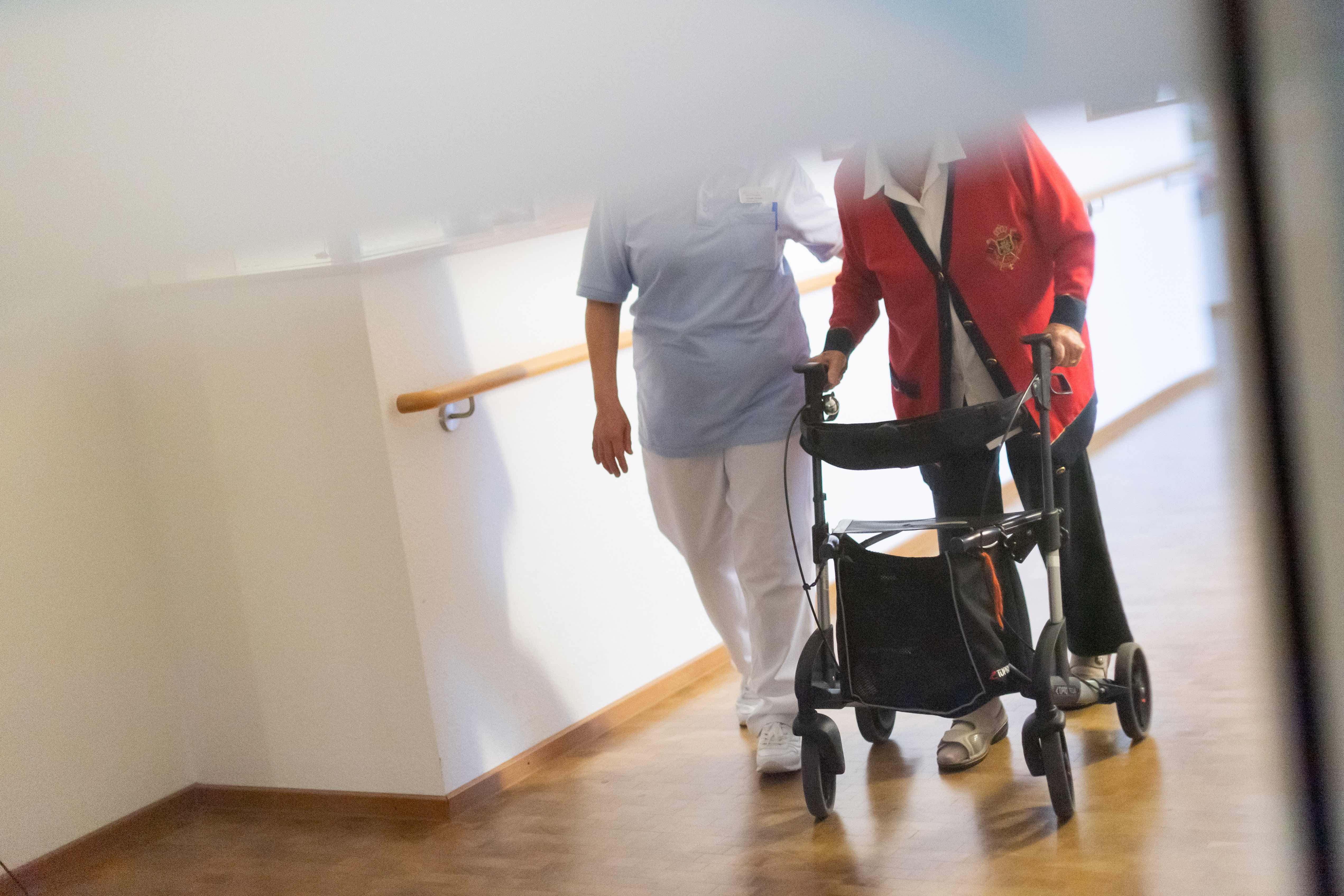
In these strange times of enforced social isolation, can technology help aged care residents feel connected to the wider world?
Our research explores how some of the new technologies on offer are used in aged care to provide social and emotional enrichment for residents.
These technologies range from relatively simple solutions, like videoconferencing to connect with family, to more sophisticated programs, like using immersive virtual reality that let people ‘travel’ the world.

Health & Medicine
Protecting our ageing population from COVID-19
Recently, as the social distancing measures to combat COVID-19 became more strict, one Australian not-for-profit aged care and community health provider developed an online ‘Virtual Hug’ tool. It allows families and carers to share to share messages of hope and love.
Social technologies like this are being used in creative ways to provide people in aged care with a sense of connection to the world. But introducing and using these new technologies in care homes isn’t easy.
Ongoing work is needed to ensure staff and residents are well supported with access to appropriate tools, as well as training and time to make effective use of them.
By talking to caregivers, we can find out how technologies are being used, what opportunities they bring for social enrichment and what barriers prevent their effective use in aged care.
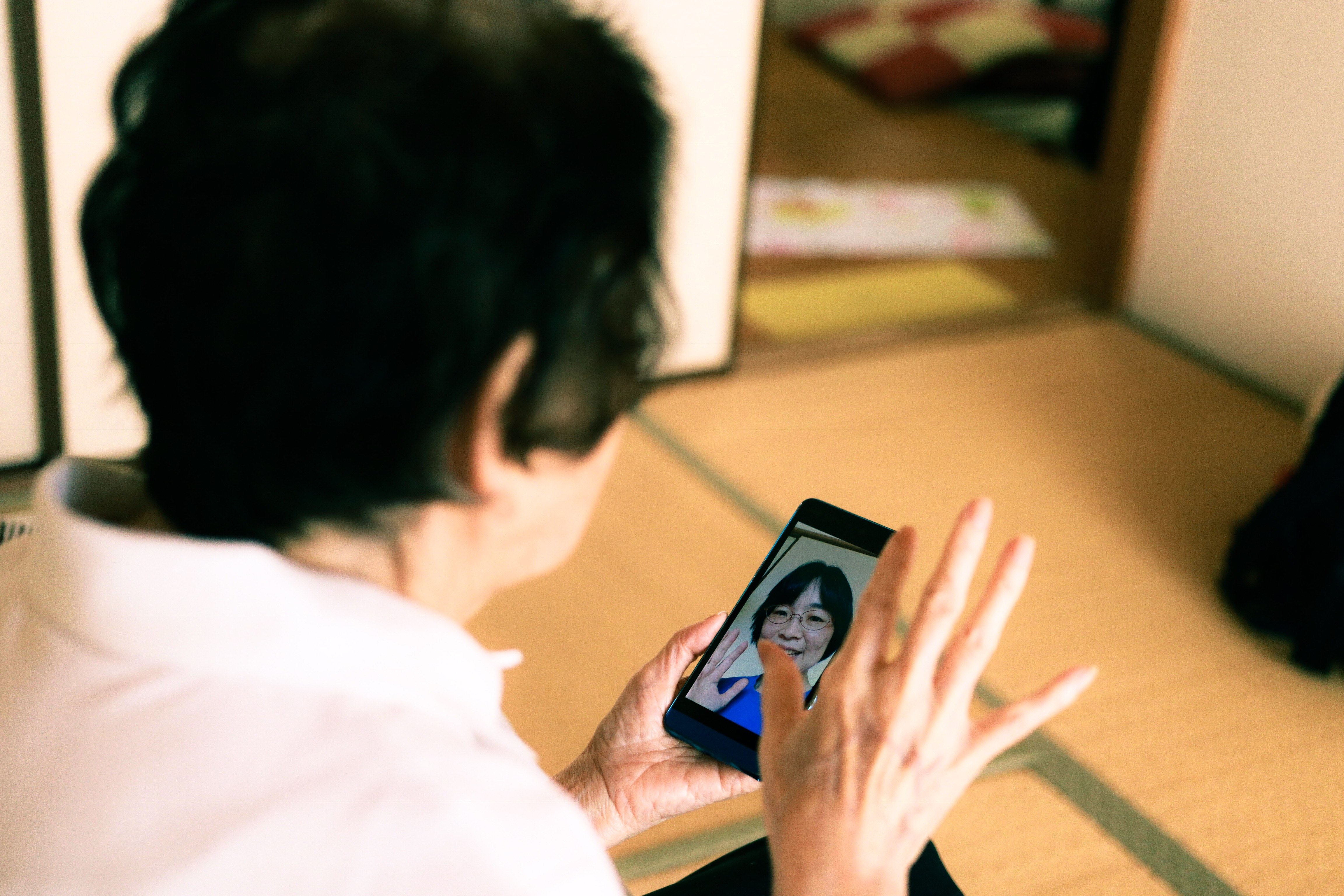
And there are plenty of good examples.
We spoke to one pastoral carer who set up a Skype connection so that a resident could virtually attend her grandson’s wedding. The family’s grandmother, once the centre of family activities, was extremely upset at missing the wedding. But the carer was able to arrange for the wedding to come to her.
Interestingly, the streamed wedding turned into a big event in the aged care home. All of the other residents were invited to the wedding and, after it was over, they shared stories about their own weddings and family events.

Sciences & Technology
Modelling the spread of COVID-19
It shows us how a readily available communication tool created an opportunity not only to connect to family outside the home, but also to foster shared reminiscence and storytelling inside the home.
Another aged care organisation has deployed virtual reality headsets to all of its homes across Australia.
Using these headsets, or VR ‘goggles’, residents can go deep-sea diving, travel around the world, experience a fishing trip or do other activities they can no longer do in the real world.
Even when not in lockdown, aged care can be a constrained and confined environment. But when carefully facilitated, VR can offer an escape and a chance to introduce new topics of conversation.
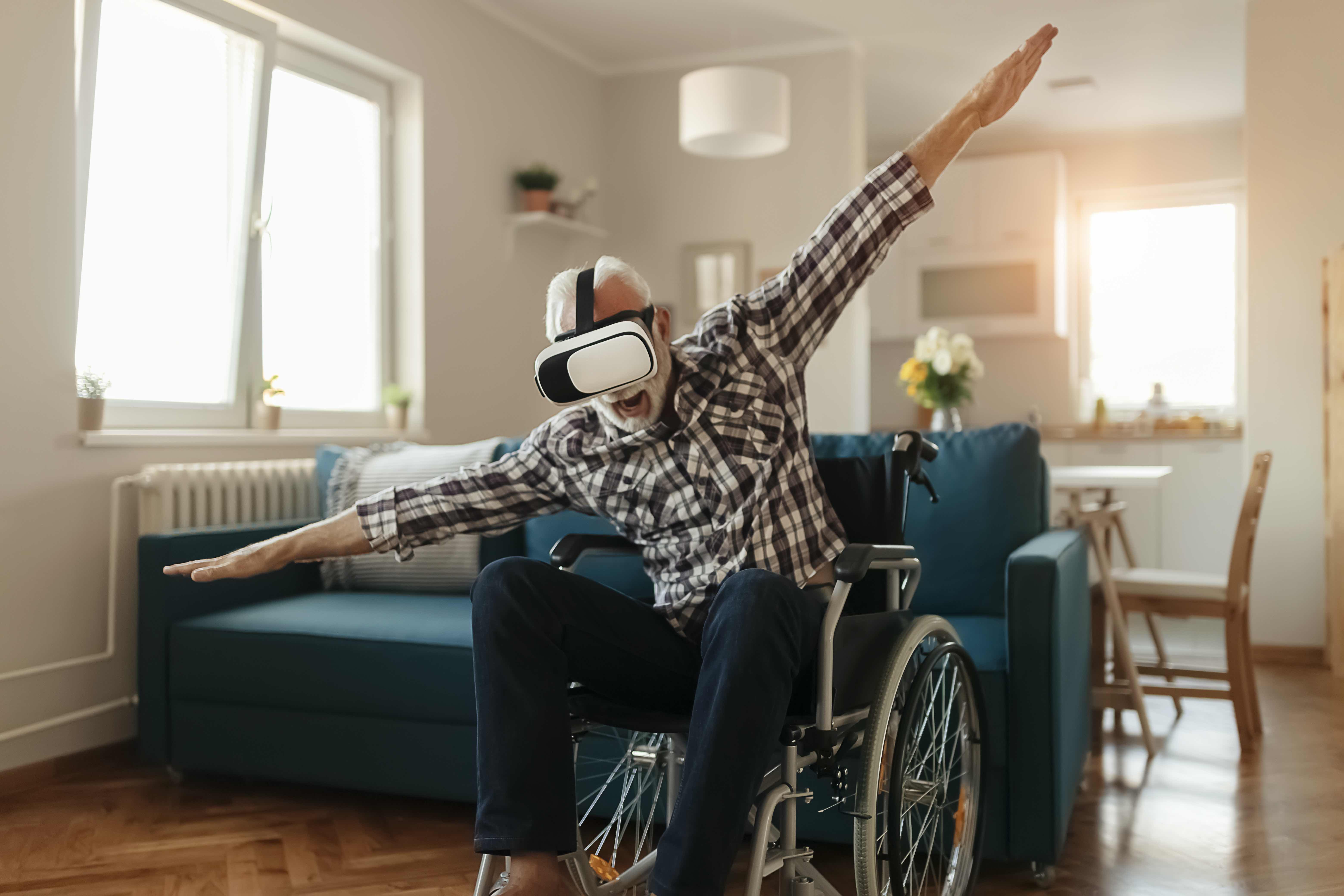
It also offers opportunities for personalised engagement and can be a valuable alternative to the group activities that are typically offered in aged care.
As an enrichment experience, VR seems to be especially valuable for those residents who normally shun group activities.
Some of the care staff also highlighted how virtual travel in VR has helped unlock hidden memories.
The immersive quality of VR makes it particularly powerful for enabling people who live in aged care to revisit places from their earlier years.

Health & Medicine
The maths and ethics of minimising COVID-19 deaths
One woman with dementia used VR to travel to Venice. As a result, care staff learned that the woman had been to Venice for her honeymoon. It was valuable information about her life that would help them provide more personalised care in the future.
In another home, a resident who had travelled the world in his youth and was often bored in the home, used VR to travel to Africa. This triggered a memory that he hadn’t previously shared with care staff in the five years they had worked with him.
While full-immersion VR can make people feel like they are “really there”, it does introduce challenges.
The immersive environment can be frightening. So, staff need to carefully monitor how residents respond. The care staff we spoke with say they often sit with residents to provide reassurance, and watch for signs of distress or discomfort.
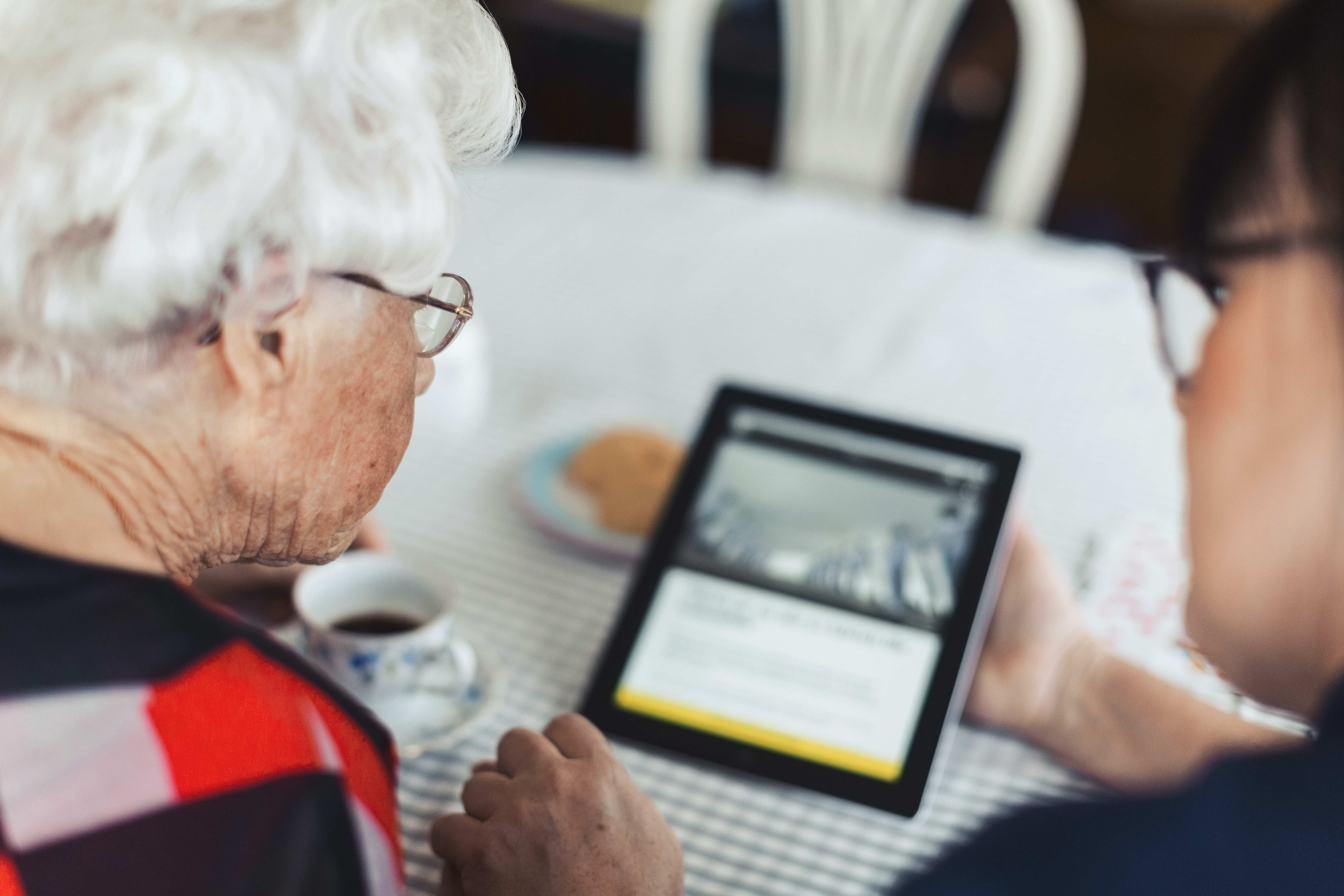
Of course, not all aged care providers will have access to virtual reality headsets, not all residents will want to use VR technology, and not all care staff will have time to facilitate these activities.
But, it’s not just virtual reality that can be used to tap into hidden memories or to create individual moments of engagement and connection.
One carer used YouTube on a tablet device to enable a resident to re-experience a motorbike race he had previously participated in.

Health & Medicine
How to take care of yourself if you have COVID-19
This was just one of many examples we found where care staff provided simple technology-based activities to bring joy and open new opportunities for social engagement.
However, as highlighted in the Royal Commission into Aged Care Quality and Safety, aged care is under-resourced.
In many homes, care staff don’t have the time and tools required to use new technologies effectively. Caregivers may lack confidence to use the technology without additional training or have the time to familiarise themselves with what’s available.
People living in aged care may need extra support to use widely available communication tools many of us take for granted.
When used for social connectedness in aged care, technology doesn’t improve efficiency, but requires more – rather than less – staff time. This challenges the popular notion that technology will help to alleviate the burden on overstretched care staff in aged care.
The COVID-19 pandemic emphasises the importance of using technology to provide connectedness and enrichment in aged care.
To ensure aged care residents aren’t cut off from the world, it is crucial that care staff are provided with the tools, training and time to use technology like this effectively in the future.
Banner: Getty Images